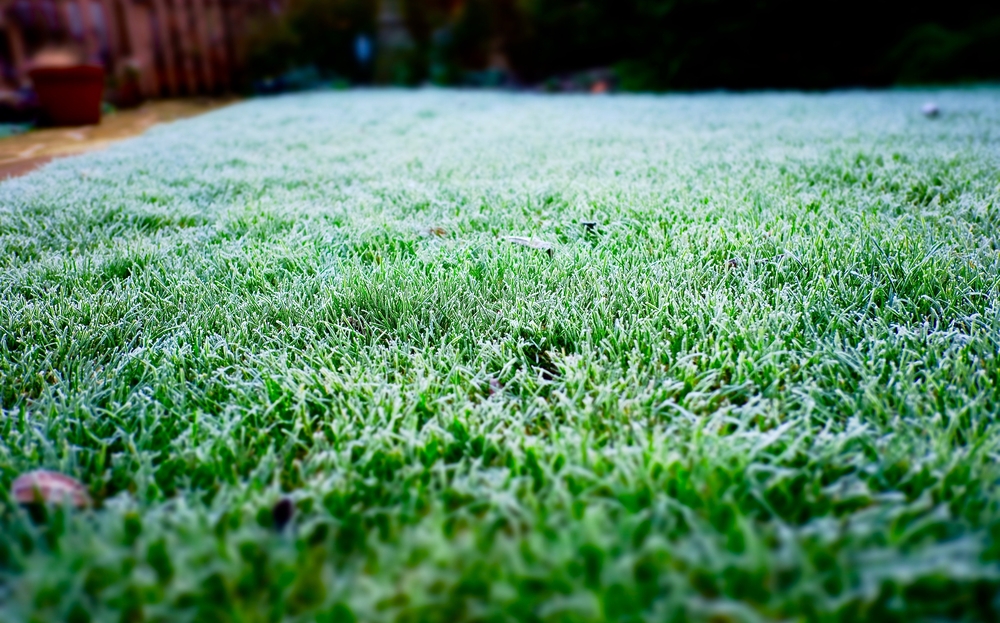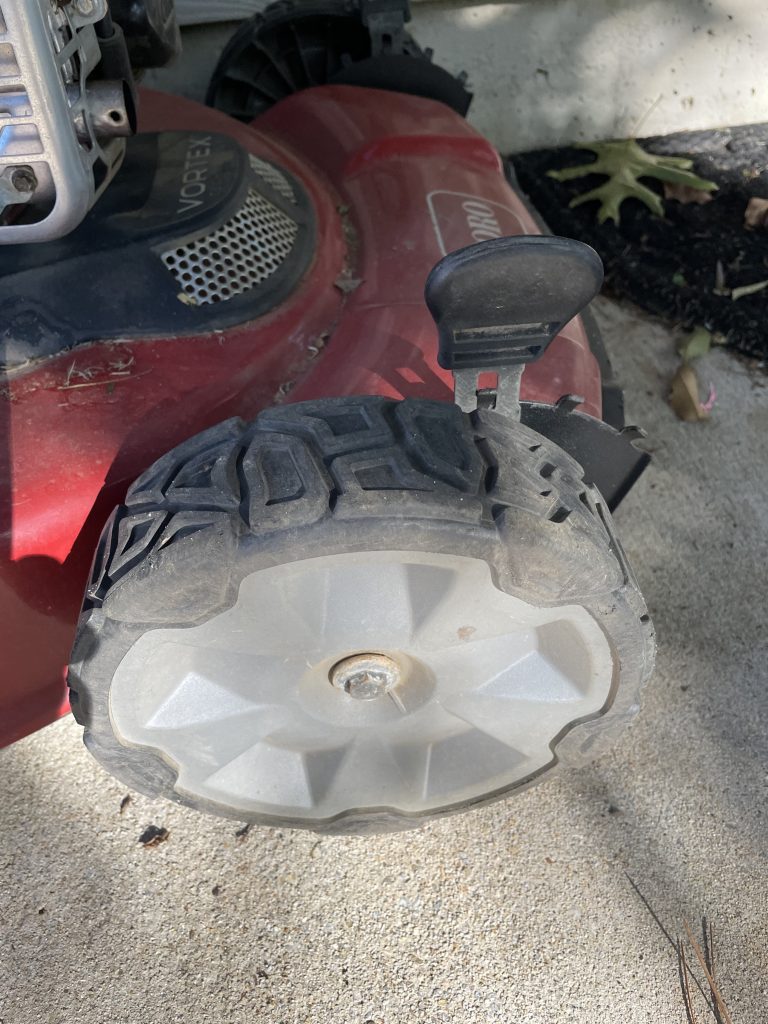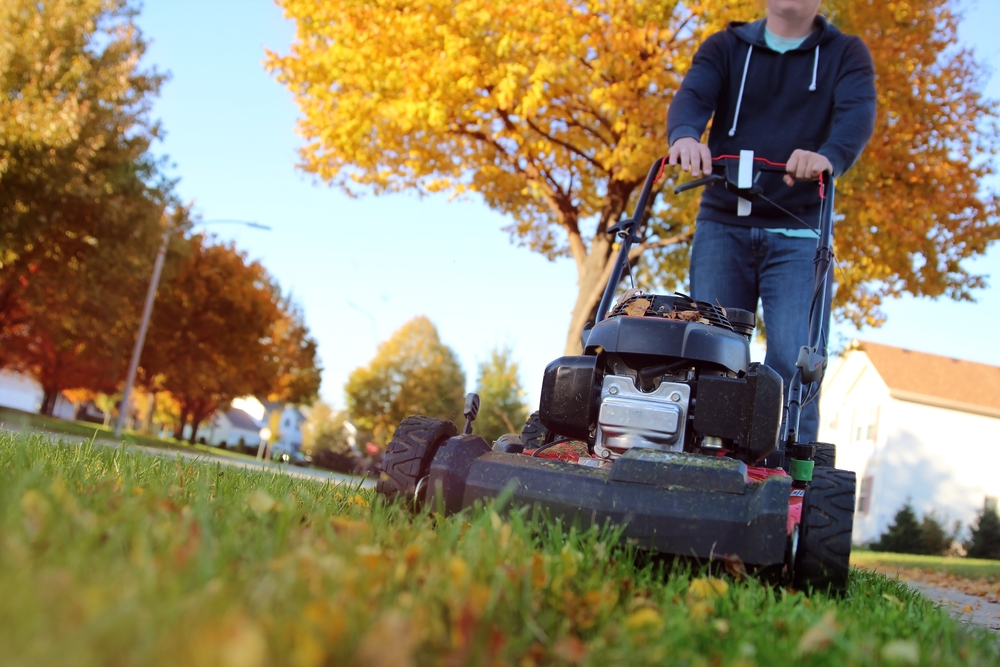When you see the leaves starting to fall, it should be time to think about getting your bermudagrass lawn ready for the winter. Done correctly, mowing can be a key component of doing that. This can help reduce the brown spots that are caused by hard freezes and frosts. Read on to learn what the necessary steps for cutting your lawn for the fall.
Mowing Methods to Prepare Your Lawn for Winter
As soon as you notice the growth of your lawn slowing down continue to mow at the same pace as the summer. Each week, slightly lower your mower’s deck so you’re continually removing about a quarter of the blades. Continue this practice until your grass has gotten to about 1.5 inches tall. Consistently mow at that height while the bermudagrass is actively growing. Keeping your lawn short without scalping can help to ensure that you don’t attract fungus or other undesirable infections to your lawn.

Adjusting Your Lawn Mower’s Cutting Height

Most modern lawnmowers will allow you to adjust the mowing height of each wheel. There is what is essentially a lever on each wheel that will help to raise and lower the mowing deck. This will help you to alter the height of your mower. Keep in mind that you must also adjust the rear wheels when you adjust the front wheels. If you don’t, you’ll end up with a wonky-looking lawn all winter long.
From this point, just keep mowing until you don’t see any more new growth. All during this time, be sure you’re either bagging, blowing, or raking your leaves to keep your grass nice and healthy. In the winter, many people get complacent and used to seeing items on their lawn – this can damage the lawn when the spring rolls around. Even in the dead of winter your bermuda still needs nutrients to survive. You don’t need leaves or other clutter piled on top of it, suffocating the lawn you’ve worked so hard on.

